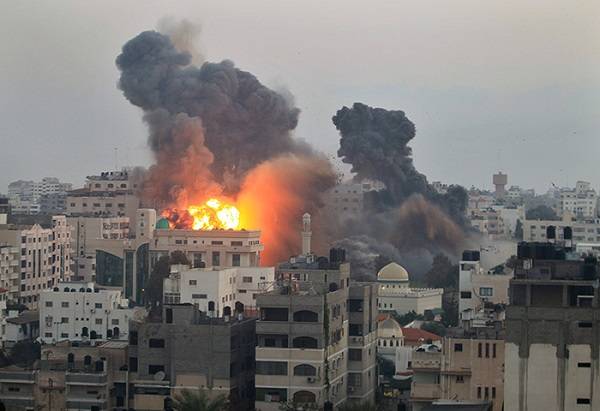Israel and Palestine are in the news again and it is not for the right reasons. As I write, the area is on fire. Naturally, for us in this column, we are thinking of the tourism dimensions of the crisis.
The relevance for us is that recent outbound travels from Ghana to the Holy Land has increased.
The focus areas under discussion includes the entire Holy Lands, the Palestinian territories, East Jerusalem, the West Bank and the Gaza Strip.
Records show that out of millions who visit every year, more than half are foreign tourists. This imply that the least tension sends off a huge chunk of their tourism arrivals and earnings. No economy wants this.
In the past, the Palestinian tourism ministry and the Israeli tourism ministry have attempted to work together on tourism in the Palestinian territories in a joint committee. Recent cooperation to share access to foreign tourists has not proven successful in Palestine for many reasons.
Israel controls the movement of tourists into the West Bank. Palestinian tour guides or transportation companies have not been able to enter Israel since 2000. Foreign tourism has been restricted to East Jerusalem and the West Bank since the August 2013 indefinite closing of the Rafah crossing located between Egypt and the Hamas controlled Gaza Strip. There is essentially limited tourist flow to Gaza since 2005 because of the ongoing Israeli military land, sea and air blockade.
For the outsider, the question is what does this area offer?
When we refer to the Middle East as a destination, we are talking about an area with deserts, harsh climates and unique ethno-religious heritages characterise. Actually, this stretches to North Africa.
The Middle East’s cultural and natural geographies make it one of the most dynamic tourism regions in the mediterranean basin. It is home to extreme natural environments and ageless living and built heritage.
These assets together create a region with unmistakable tourism appeal. The place is simultaneously blessed with rich resources that appeal to a wide range of tourist types and beset with problems that challenge not only tourism development
Perhaps, the most notable tourism-related feature in the Middle East is the volatile security landscape, which affects tourism growth and development more than any other force.
Current and recent wars have essentially halted international tourism in several countries, although limited domestic tourism continues to function in them, as do the activities of a small number of extreme adventurers looking to visit active war zones. International embargoes against Iran have diminished international arrivals there.
The diplomatic crisis has reduced intraregional tourism considerably and deliberate terror attacks against tourist targets in Egypt and Tunisia immediately rendered those countries unsafe to visit.
Some countries have adopted extensive tourism recovery efforts to re-elevate tourism for economic development. Lebanon has had to recover from its 1975-1990 civil war, although the ongoing conflict in Syria continues to influence Lebanon’s image abroad.
Syria’s civil war has also affected tourism in neighbouring Jordan and Turkey owing to fears of a spillover. In response to tourist-targeted terror attacks, Tunisia and Egypt have taken major strides in recovery marketing to rebrand themselves as recuperated destinations that are now safe to visit.
Besides deterring would-be tourists, conflicts have resulted in other tourism-related outcomes. For example, the Middle East wars, particularly those in Iraq and Syria, have been especially destructive to the region’s cultural heritage. Many ancient monuments were intentionally targeted by extremists for their destruction.
Museums and historic sites have been extensively looted and artifacts sold illicitly to fund warfare. Many other sites have been devastated as non-targeted casualties of war. Many ancient heritage??? scapes of the Middle East????have been destroyed beyond repair, costing not only important historical records but also the future livelihoods of people who had previously depended on tourism.
Another outcome of Middle East conflicts is the development of unusual types of tourism. Adventuresome tourists visiting active war zones, mentioned earlier, is one example.
This occurs in Iraq, Syria and Afghanistan regularly. Another tourism type is referred to as “solidarity tourism.” The ongoing Israeli-Palestinian conflict, while causing periodic downturns in international arrivals, has stimulated a travel phenomenon known as “solidarity tourism,” although this is not endemic to this region.
This involves people traveling to the “Holy Land” either to support the cause of Israel or the cause of Palestine. Large numbers of Christians visit Palestinians in the West Bank to demonstrate solidarity and empathy for their plight under Israeli occupation. Other evangelical Christian groups, usually from Europe and North America, are passionate supporters of Israel and its position in the conflict.
Some countries have adopted extensive tourism recovery efforts to re-elevate tourism for economic development. Tunisia and Egypt have taken major strides in recovery marketing to rebrand themselves as recuperated destinations that are now safe to visit.


